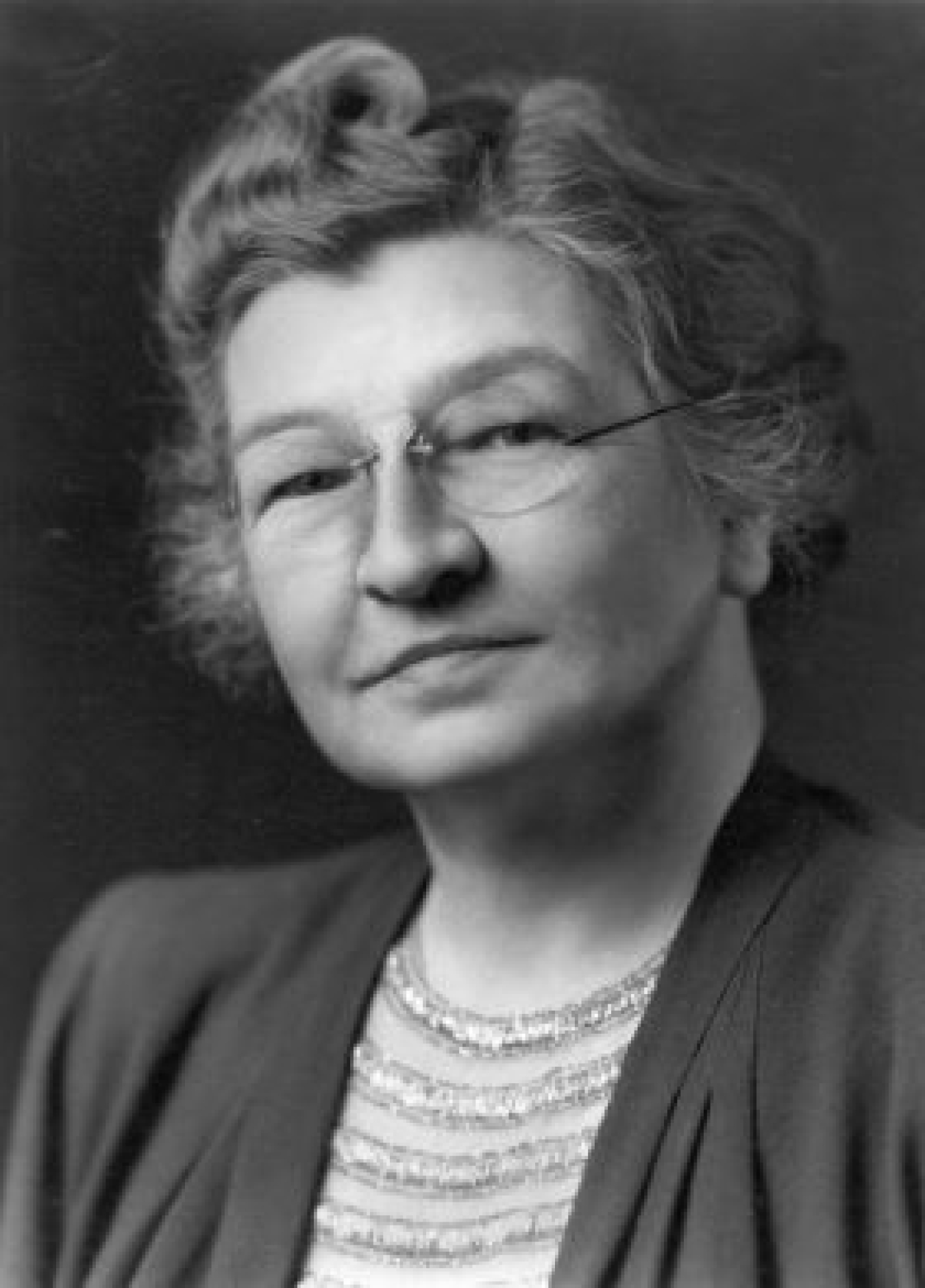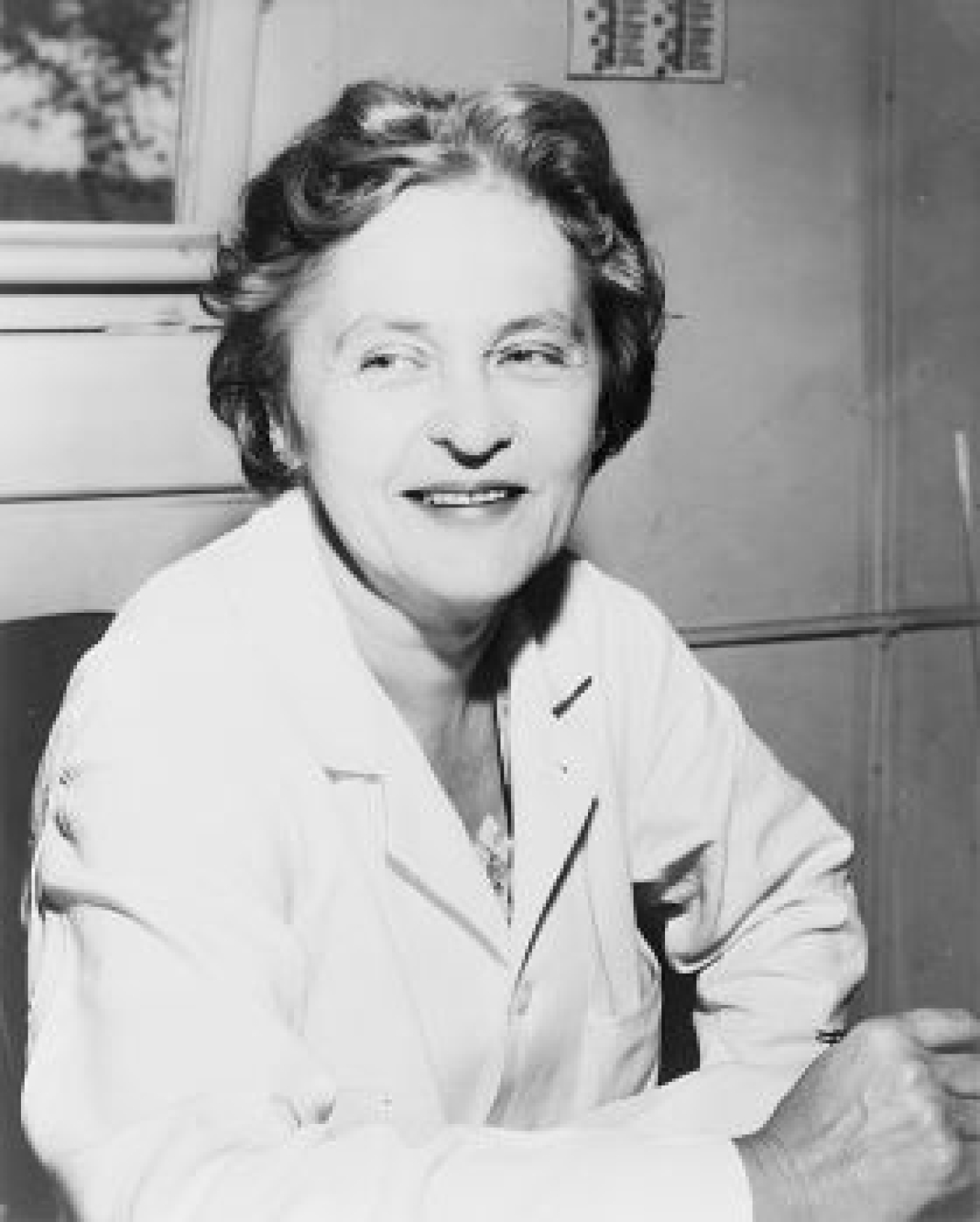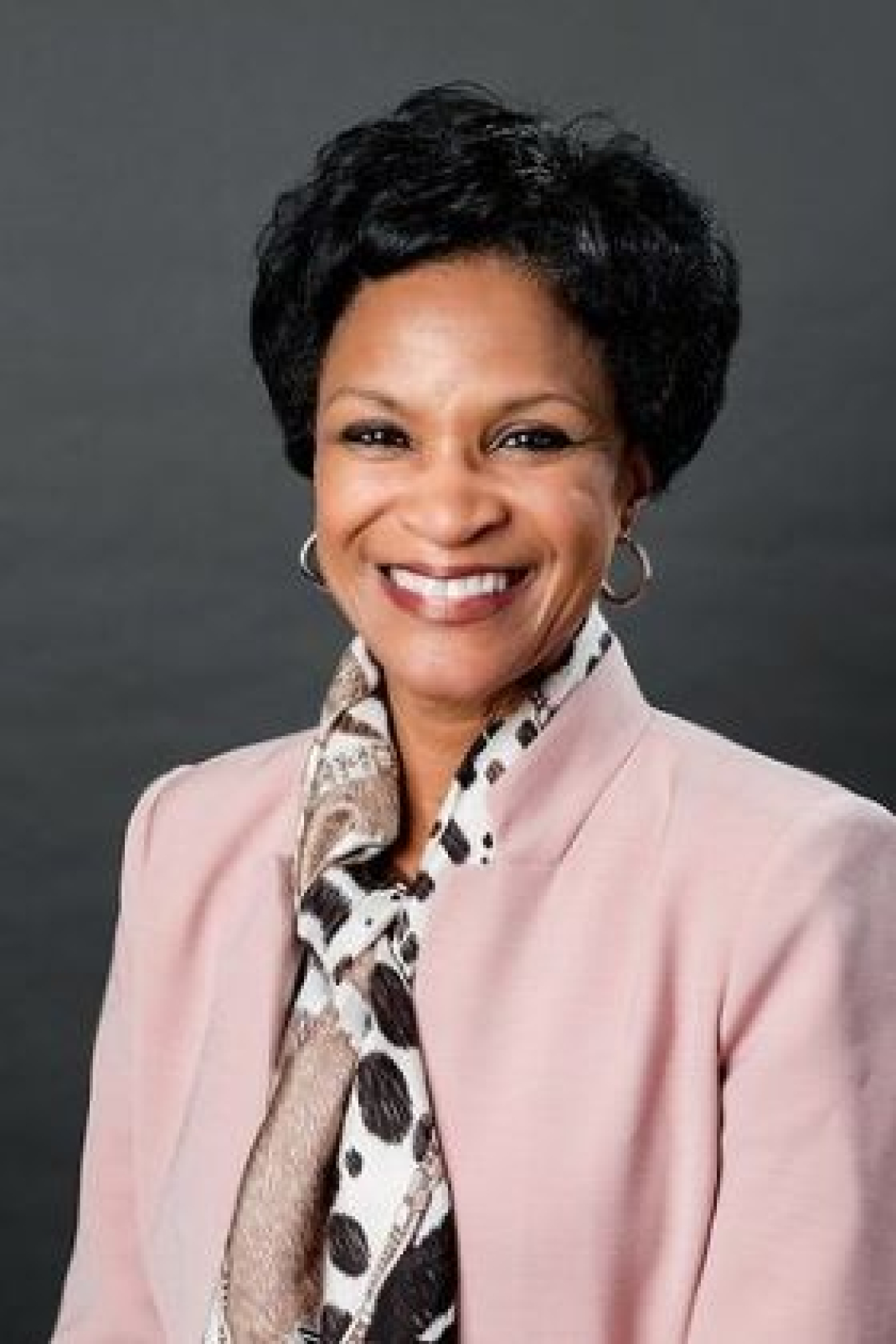This Women's History Month, we recognize some notable women from the past and the present who have shattered the glass ceiling with their clean energy contributions.
Office of Energy Efficiency & Renewable Energy
March 4, 2022Many advancements in clean energy would not have been possible without the glass ceiling–shattering, barrier-breaking women in science, technology, engineering, and mathematics (STEM). This Women’s History Month, the Office of Energy Efficiency and Renewable Energy (EERE) is highlighting some notable women from the past and present whose work has spurred clean energy innovation and ignited hope for a sustainable future.
Eunice Foote
Foote’s experiments with atmospheric gases in the 1850s laid the groundwork for the discovery of the greenhouse effect, which is how greenhouse gases like carbon dioxide trap heat close to the earth’s surface. Her work showed that carbon dioxide and water vapor absorb and retain heat, which increase the earth’s temperature and lead to climate change. A male colleague presented her findings in 1856 at the annual American Association for the Advancement of Science meeting. Foote did not get credit for her work until 2011.

Edith Clarke
In 1921, Clarke revolutionized electric grid technology by inventing a calculator to accurately and quickly characterize long transmission lines. A human computer at General Electric (GE), Clarke saved time spent on manual calculations with her innovation. She also helped develop the hydropower turbines used at the Hoover Dam. Clarke was the first woman to earn a master’s degree in electrical engineering from the Massachusetts Institute of Technology, the first female electrical engineering professor in the United States after she left GE, and was posthumously inducted into the Inventors Hall of Fame in 2015.

Mária Telkes
Nicknamed the Sun Queen, Telkes was a pioneer in solar energy research and development. In 1935, she began studying solar power at the Massachusetts Institute of Technology, where she was tasked to design a solar-powered home heating system. During World War II, she invented an emergency solar-powered desalination kit to make seawater drinkable for pilots and sailors stranded in the Pacific. After the war, she created a solar-powered home heating system, invented a solar-powered oven, and worked with the U.S. Department of Energy to create the first solar-electric home in 1980.

Katharine Burr Blodgett
Using antireflective coatings, in 1938 Burr Blodgett invented nonreflective, transparent glass found in many everyday products, including eyeglasses, microscopes, cameras—and solar panels, as a coating that repels water and enhances efficiency. The glass, which has been virtually unchanged, is also used to enhance electrical conductivity in light-emitting diode (LED) bulbs. Blodgett was the first female scientist at General Electric Research Laboratories and the first woman to earn a Ph.D. in physics from Cambridge University.

Donna Fitzpatrick
In 1988, Fitzpatrick became the first woman to become the under secretary of energy, the number-three leadership position at the U.S. Department of Energy. Prior to assuming this role, Fitzpatrick, a lawyer with a J.D. from George Washington University, was the Department’s assistant secretary and principal deputy assistant secretary for conservation and renewable energy over the course of five years.

Denise Gray
Known as General Motors’ “battery czar,” Gray is an electrical engineer who founded the auto company’s battery lab and spearheaded the development and implementation of the lithium-ion battery system used in the plug-in hybrid Chevrolet Volt. In 2017, Women of Color magazine named Gray the Technologist of the Year in recognition of her contributions to the battery industry over her 30-year career and her work to expand access to STEM curriculums throughout the United States. She received the U.S. Clean Energy Education and Empowerment (C3E) Initiative’s Lifetime Achievement Award in 2019.

Njema Frazier
Dr. Frazier is the assistant deputy administrator for strategic partnership programs at the Department of Energy’s National Nuclear Security Administration (NNSA), supporting NNSA’s mission to ensure a safe, secure, and effective nuclear weapons stockpile without explosive testing. The first Black woman to receive a Ph.D. in theoretical nuclear physics from Michigan State University, Frazier maintains her commitment to advancing science and increasing diversity in STEM fields. She cofounded the DOE employee resource group Professional Opportunities for Women in Energy Realized (POWER) and serves on the boards for Carnegie Mellon University, Mellon College of Science, and the National Society of Black Engineers.

Nicole Hernandez Hammer
Hernandez Hammer is a climate-change expert and environmental justice advocate who coauthored a series of technical papers on sea-level-rise projections, impacts, and preparedness. Her research contributed to the 2014 National Climate Assessment. Hernandez Hammer's outreach to support and mobilize low-income communities and communities of color across the United States affected by climate change earned her an invitation by former first lady Michelle Obama as a special guest at the 2015 State of the Union address.

Lei Cheng
Dr. Cheng is a chemist and energy storage researcher whose work helped create the Electrolyte Genome database, which transformed how scientists identify and select molecules suitable for next-generation battery technologies. Her current research at Argonne National Laboratory is central to electrifying the transportation sector and integrating renewable energy onto the electric grid. In 2018 she received a Midwest Energy News 40 Under 40 award for research that advanced lithium-ion battery technology.


